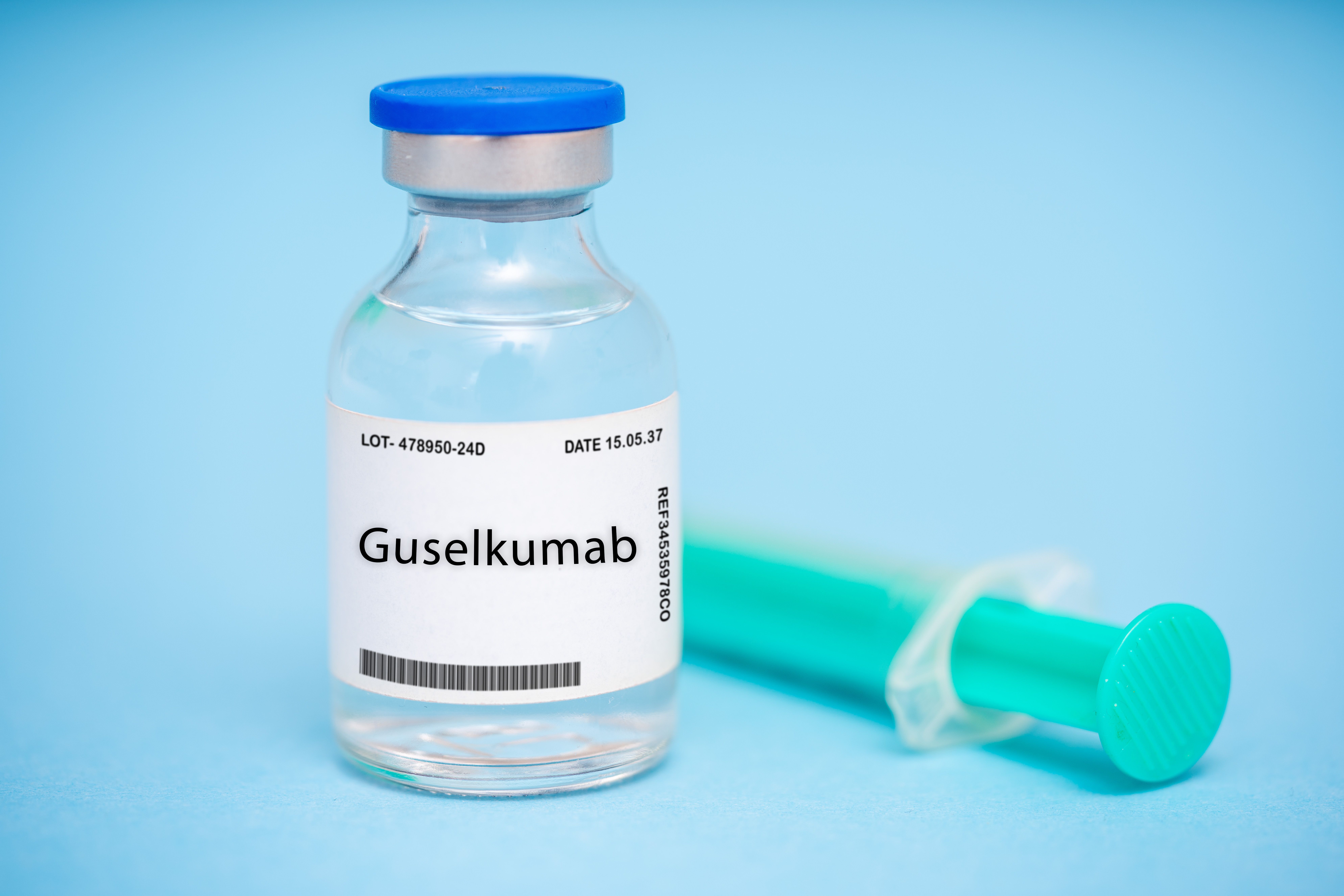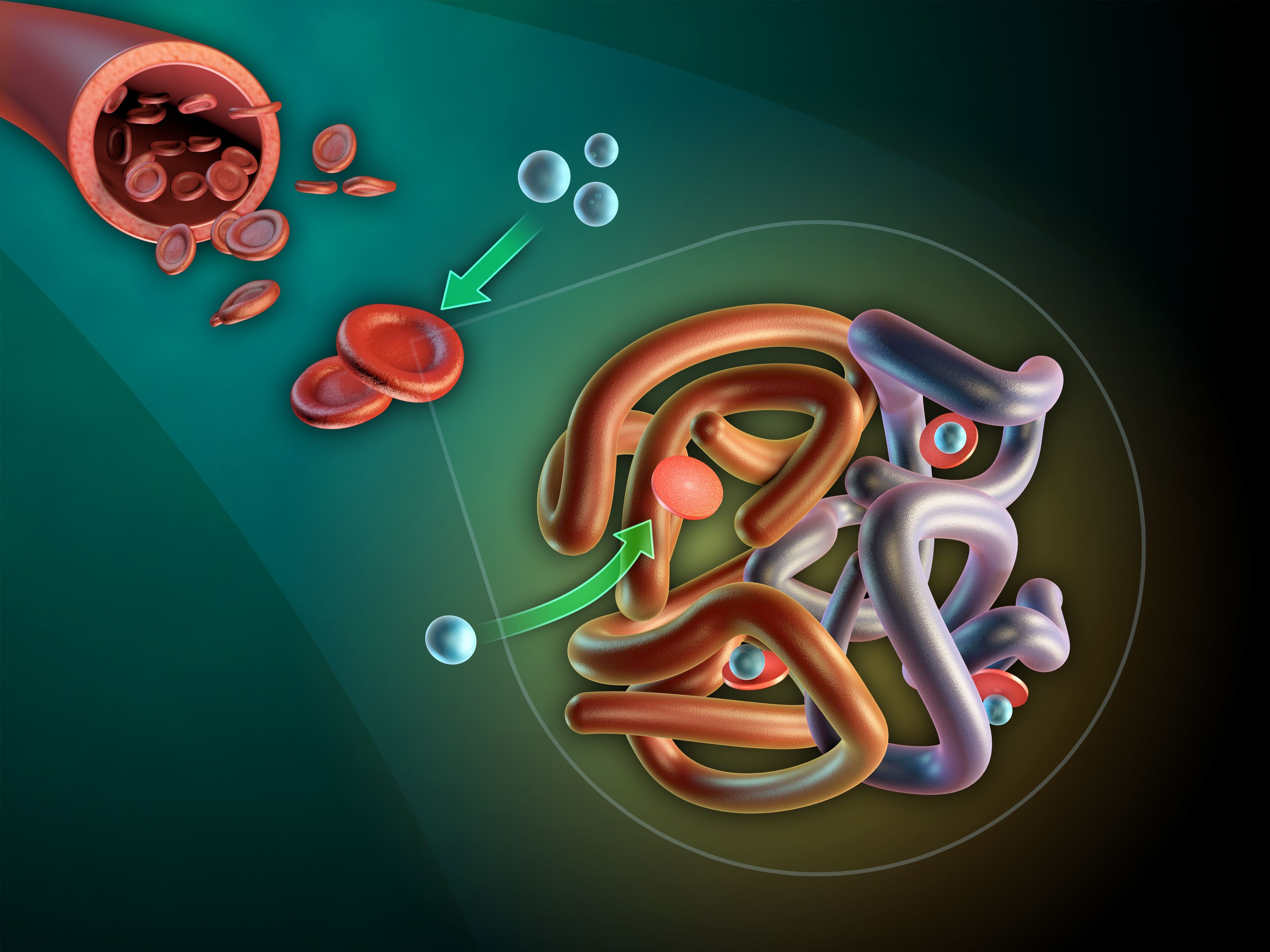Article
OIT or OIT Plus Biologic? Allergists, Patients Look to Lessen Food Allergy Woes
Author(s):
Avoid the allergen. For decades, that was the only advice for people with life threatening food allergies. While that is still true, the food allergy community is cautiously, but excitedly, watching research unfold that could help patients tolerate more of the allergen that might otherwise have serious or deadly consequences.
Avoid the allergen. For decades, that was the only advice for people with life threatening food allergies—that, and make sure to carry doses of epinephrine everywhere in case of anaphylaxis.
While that is still true, the food allergy community is cautiously, but excitedly, watching research unfold that could help patients tolerate more of the allergen that might otherwise lead to a trip to the emergency department (ED), a stay in an intensive care unit, or worse, becoming a fatal statistic.
To understand why, look no further than the period between Halloween and New Year’s Eve, when there’s a food-laden event seemingly every week, whether at work or school. If you’re only allergic to the ubiquitous peanut, the food may be easy enough to avoid, said Robert A. Wood, MD, the director of pediatric allergy and immunology at Johns Hopkins in Baltimore, Maryland.
But if you are allergic to multiple foods, like the majority of his patients, it becomes more difficult, and that is where biologic treatments like omalizaub (Xolair) and duplimaub (Dupixent) come in. Both are being studied in combination with oral immunotherapy (OIT).
Last August, omalizaub was designated as a breakthrough therapy designation by the FDA as a possible food allergy treatment in conjunction with OIT, on the basis of 7 clinical trials looking at omalizaub against peanut, milk, egg, and other foods.
Dupilmaub, which won FDA clearance last month to treat moderate to severe asthma, is in phase 2 trials for food allergy.
Omalizumab is a humanized monoclonal antibody against immunoglobulin E (IgE), said Wood, who has been studying the possibilities of omalizumab for years. Omalizumab is already approved for asthma and chronic idiopathic urticaria (CIU), is given by injection every 2 or 4 weeks, and costs about $2000 a dose.
The idea behind it is that it can both speed up the OIT process, reduce the side effects associated with OIT, and increase the threshold at which someone can eat the food that used to make them sick.
Why go to all that trouble? The main reason is that food allergy is incurable; the only treatment in case of a severe allergic reaction is epinephrine, a product that is currently in shortage by some manufacturers, and the price of which has drawn scrutiny the past few years.
The cost of food allergy is not just the epinephrine or costs of possible ED visits. Patients with multiple allergies have to buy special foods and may lose time from work or school for medical appointments. One 2013 report said the direct and indirect costs of food allergy was estimated to cost $24.8 billion annually. The National Academies in 2017 said it appears by all accounts that the prevalence of food allergy is increasing, but also called for additional research in order to develop more accurate numbers.1
That’s why some people, primarily parents of children with severe, multiple food allergies, are turning to OIT.
For Stacey Sturner, OIT has given her son, now 7, the ability to eat any quantity of peanut, after he successfully passed a 24-peanut challenge in August of 2017. That is on the condition that he continues to eat 8 peanuts a day. The entire process took about 6 months.
“Treatments, such as OIT, will soon become a routine part of food allergy care,” predicted Sturner, who runs a Facebook group for parents and others pursuing or considering treatment for food allergy.
OIT involves mixing in an allergenic food into something that the patient would tolerate, like applesauce or a liquid, and increasing the dose in gradually increasing amounts. Depending on the allergist, protocols can vary. That’s because neither of the 2 main medical associations for allergists — the American Academy of Allergy Asthma and Immunology, or the American College of Allergy, Asthma and Immunology, have officially endorsed OIT or come up with a standardized protocol for it.
Allergy guidelines as of right now “say that immunotherapy such as OIT is promising but is not quite ready for implementation in clinical practice,” said Wood. “There are allergists who are doing this. Allergen avoidance is the only way to avoid a reaction but this is easier said than done.”
While one estimate put the number of allergists performing OIT in private clinical practice in the dozens2, what will change when and if omalizumab is approved is that it would probably be used in conjunction with standardized, commercial peanut OIT products currently in development as well.
If biologics for food allergies do come to market — a process Wood said is still at least 2 years away, at least in the case of omalizaub—the process would be simpler for both the clinician and the patient.
“If this really did work, the advantage this would have over other things being studied would be something that’s really very simple to use,” said Wood. “If you’re doing oral immunotherapy, you have a very complicated regimen of building a dose up, and seeing the patients regularly dealing with frequent reactions to the treatment. But with the omalizumab you’re going to get a shot every two weeks or every four weeks with a low adverse reaction rate. It would be a simpler approach.”
In general there are 3 phases to OIT: an initial escalation phase, followed by a dose build-up phase and a maintenance phase.
Desensitization occurs when there is temporary increase in the threshold for reactivity; the person with allergies must keep eating their allergen in order to keep reactions at bay.
Whether or not the treatment sticks — that is to say, the person has achieved “sustained unresponsiveness”—is not known until the allergen is avoided for some time period, and then an oral food challenge is conducted in a medical setting to see if there is a reaction.
Another factor that Wood said would have to be considered is the knowledge than as with severe asthma, it is expected that someone would have to stay on omalizumab in order to keep the reactions away.
“There is no expectation that omalizumab will keep working for food allergies once the medication is stopped,” he said. Whether or not it is possible to stop the medication and still eat the food safely is a long-term question, he said.
In an email to The American Journal of Managed Care® (AJMC®), a spokeswoman for Genentech, the maker of omalizumab, would not speculate on price and payers could not be reached for comment. When used for asthma and other allergic conditions, omalizumab generally requires prior approval from an insurance company.
“It’s not going to be cheap,” said Wood. But he noted that somewhere between 40% to 70% of people with peanut allergies have other food allergies, which typically are harder to avoid than peanut.
In addition, “about 50% to 90% of people with peanut allergy or other food allergies have other allergic conditions in general. So omalizumab would help all of that.”
Wood said the biggest promise of omalizumab would be its ability to have an effect on multiple food allergies. “Even though peanut oral immunotherapy is being developed, most of my patients are not that excited about it because they’re much more worried about their milk allergy or their egg allergy.”
People with multiple food allergies and multiple allergic conditions may consider the severity of their condition and quality of life issues in any cost-benefit analysis, he said.
OIT, even without the addition of a biologic, is not without risks, some of which can occur during treatment, and some of which may occur with a dose that was previously well-tolerated. Mild adverse effects could involve an itchy mouth, and more moderate ones may involve wheezing and hives. More severe reactions are often linked to exercise, anxiety, or infection. In fact, children undergoing OIT are instructed not to engage in any physical activity for up to 2 hours after a dose.
The 2 peanut desensitization products that are expected to seek FDA approval, and which could be used in conjunction with omalizumab or another biologic, are from Aimmune and DBV Technologies. Aimmune is creating an engineered peanut capsule, and DBV is investigating epicutaneous immunotherapy for both peanut, milk, and egg. It is the peanut skin patch that is farthest along in development.
The pivotal trial for omalizumab will begin in the second quarter of 2019, recruiting patients with multiple food allergies through the clinical sites that are a part of the Consortium of Food Allergy Research (CoFAR), which Wood heads. An application to the FDA is expected in 2021.
In a randomized control trial involving peanut in a pediatric population of 9 months to 36 months, 29 of 32 patients reached sustained unresponsiveness.3
In 1 study, omalizumab or placebo was added to an open-label milk OIT and was found to improve safety, but not efficacy. At the completion of treatment, 88.9% of the omalizumab-treated patients and 71.4% of the placebo-treated patients passed the 10-g "desensitization" OFC (P =.18).
Two months later, SU was demonstrated in 48.1% in the omalizumab group and 35.7% in the placebo group (P =.42).
Patients receiving omalizumab had fewer doses that involved allergic symptoms (2.1% vs 16.1%, P =.0005), dose-related reactions requiring treatment (0.0% vs 3.8%, P =.0008), and doses required to achieve maintenance (198 vs 225, P =.008).
In another study, open-label omalizumab was administered in a placebo-controlled study of peanut OIT. After 12 weeks of treatment with omalizumab, patients underwent a rapid 1-day desensitization of up to 250 mg of peanut protein, followed by weekly increases up to 2000 mg.
Melinda M. Rathkopf, MD, an allergist in Anchorage, Alaska, is one of those allergists who has been doing OIT (but no omalizumab food allergy trials) since the start of the year. She and 5 other allergists have a caseload of 20 patients total trying peanut OIT.
“It’s kind of interesting to talk about this as a breakthrough therapy for a therapy that isn’t really considered a standard of care yet,” she said in an interview with AJMC®.
Her practice is part of a loose association of allergists around the country who have been doing OIT, and they are now sharing information with each other and publishing data to try and get a handle on this growing area.
Allergenic food is “cheap to avoid, but in reality it’s not, because mistakes are made and people still wind up in the ED,” she said.
“It’s those hidden amounts [of food] that you worry about,” she said
Asked what she thinks families with food allergies will weigh into their decision when considering adding the cost of a biologic versus doing OIT alone, Sturner said there still a lot of unknown factors, including “how much insurance currently covers and will continue to cover moving forward. Of course, the amount varies by person and policy.”
“I'm glad to see research progressing in terms of efficacy, though preliminary data looks promising. The time commitment is moot, in my opinion, since patients and parents typically have to miss school and work, respectively, for OIT updose appointments. Hypothetically and per studies, adding omalizumab should significantly reduce the amount of time required. This seems particularly beneficial for concurrently treating multiple allergens," Sturner said in an email to AJMC®.
References
1. National Academies of Sciences, Engineering, and Medicine. Finding a path to safety in food allergy: Assessment of the global burden, causes, prevention, management, and public policy. http://nap.edu/23658. Published 2017.
2. Wasserman RL, Jones DH, Windom, HH. Oral immunotherapy for food allergy: The FAST perspective. Ann Allergy Asthma Immunol. 2018;(121)3:272-275. doi: 10.1016/j.anai.2018.06.011.
3. Wood RA. Oral immunotherapy for food allergy. J Investig Allergol Clin Immunol 2017. 2017;27(3):151-159. doi: 10.18176/jiaci.0143.





